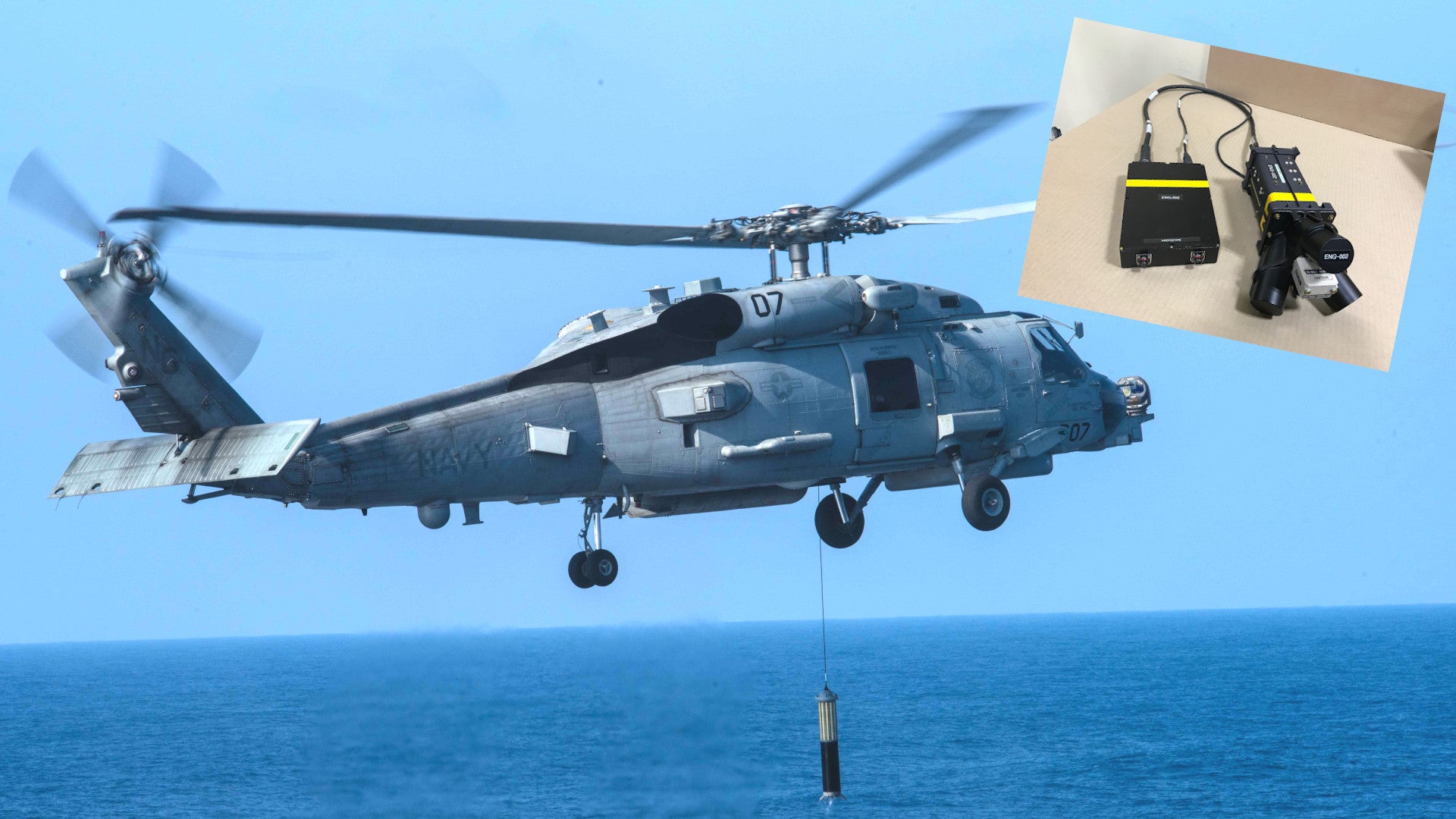Navy MH-60R Seahawks are set to get magnetic anomaly detectors, or MADs, which will give them another tool for hunting down enemy submarines. The MH-60R had replaced the earlier SH-60B, which had a MAD system, but this capability was not carried over onto the new helicopters. The decision to add this equipment onto these newer Seahawks comes as Russia and China continue to develop and field new, more advanced submarines and step up their underwater activity in the Atlantic and Pacific Oceans, as well as the Arctic region.
Canadian defense contractor CAE announced on Nov. 18, 2020, that Lockheed Martin had hired it to integrate its MAD-XR system on the MH-60R for the Navy. In September, that service had awarded Lockheed Martin, now the parent company of Seahawk-manufacturer Sikorsky, a contract worth just over $28.5 million for “Phase 1” of the development of a MAD system for these helicopters.
CAE’s MAD-XR was the obvious choice. Starting in 2017, the company, together with Lockheed Martin and the Navy, had conducted flight tests of an MH-60R fitted with this system as part of a Cooperative Research and Development Agreement (CRADA). A CRADA a non-traditional research and development mechanism by which elements of the U.S. military can pool resources with private companies and other organizations to pursue mutually-beneficial work without a typical contract or even money necessary changing hands.
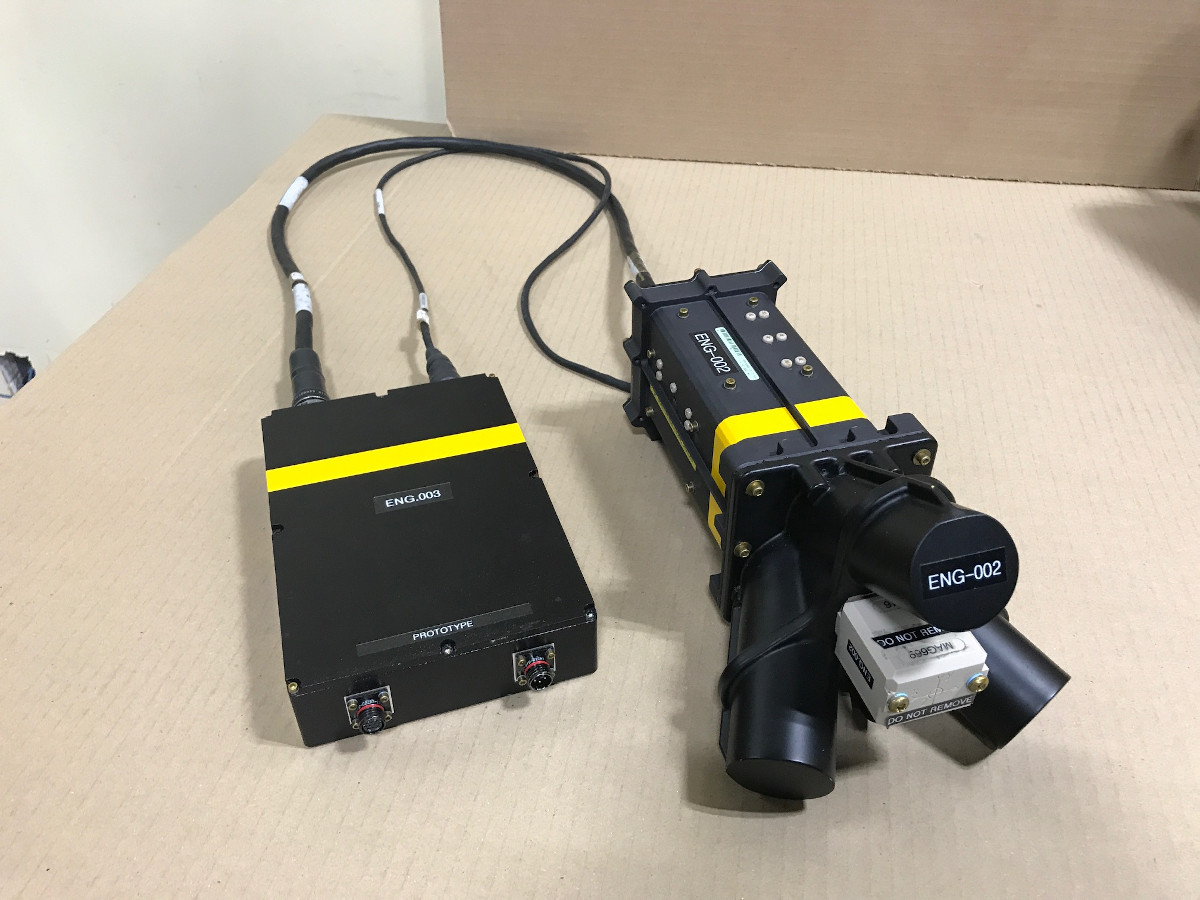
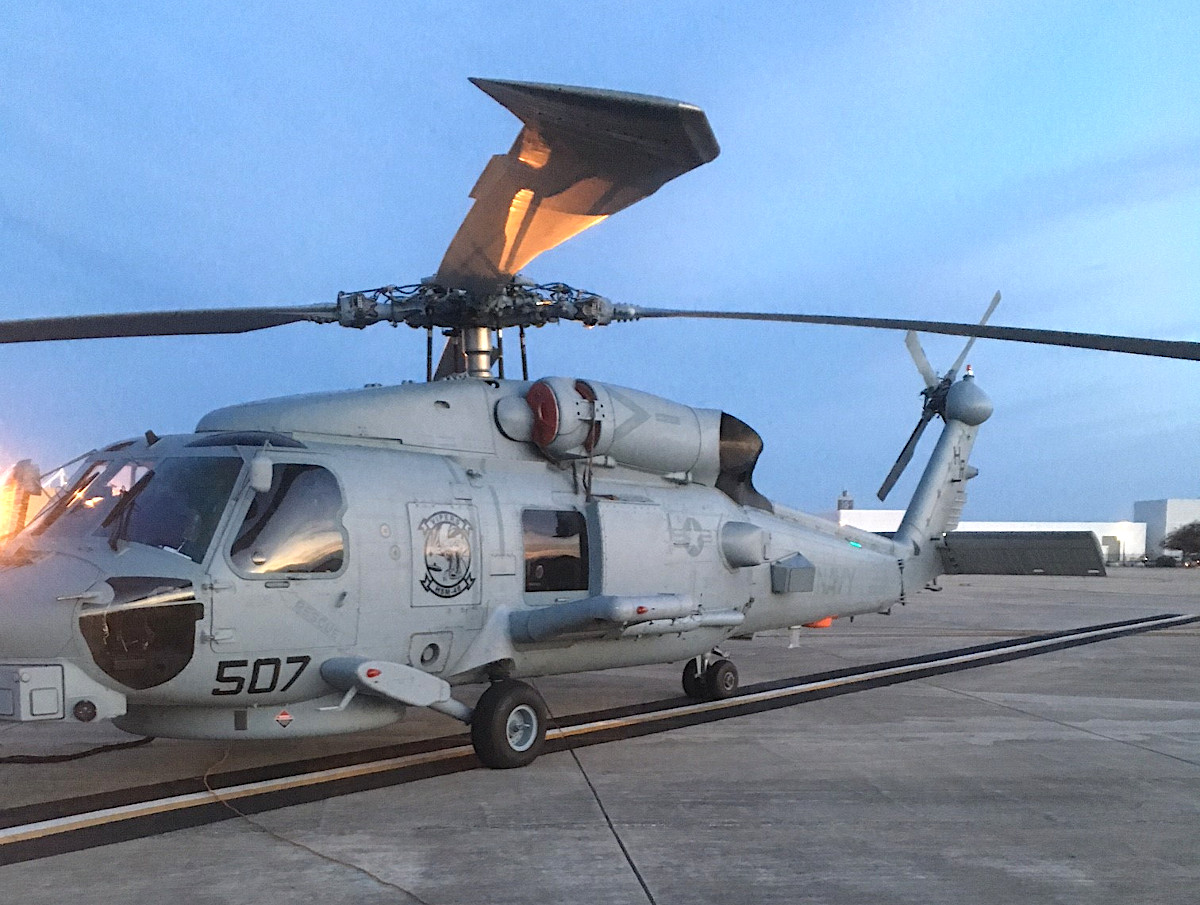
“Over the past several years we have conducted several trials with the U.S. Navy to confirm the capabilities of the MAD-XR system on the MH-60R helicopter,” Thomas Kane, Lockheed Martin’s Director of Naval Helicopter Programs, said in a statement regarding its latest deal with CAE. “Adding this to the MH-60R’s sensor suite will further advance the capabilities of the world’s most advanced anti-submarine warfare helicopter.”
CAE says that MAD-XR has the same capabilities as its previous AN/ASQ-508 Advanced Integrated Magnetic Anomaly Detection System, or AIMS, but in a much smaller package. The core AIMS equipment weighs just under 60 pounds (27 kilograms), while MAD-XR is only 3.3 (1.5 kilograms) pounds. The Canadian firm has said that its new system, production of which began in 2019, opens up the possibility of adding this system onto a wide array of helicopters, as well as smaller unmanned platforms. The AIMS is in service on a number of larger maritime patrol aircraft, including India’s P-8I Poseidons, Canada’s CP-140 Auroras, Japan’s P-1, and variants of the P-3 Orion in South Korean and Brazilian service, among others.

MAD systems of any kind use a magnetometer to detect discrepancies in the Earth’s naturally-occurring magnetic field, which denote the presence of a metal object, such as a submarine. “The range of the MAD system varies, but will generally detect anomalies at approximately 1,200 metres [~1,312 yards],” according to CAE’s MAD-XR product sheet.
Once the system has spotted something, it alerts the crew of the aircraft or helicopter carrying it and provided additional information about the contact and its location. “CAE developed new software that allows for submarine location in the form of lateral and vertical separation (left/right indication) at the closest point of approach (CPA),” the company’s MAD-XR brochure adds. “This new algorithm opens the route for recommended tactical flight path to optimize target localization and detection. The inclusion of high bandwidth frequency to digital conversion provides better detection due to reduced background noise in higher frequencies as well as potential classification on the signature of the submarine.”
Additional sensors, such as air-dropped sonobuoys and helicopters equipped with dipping sonar, can be in concert with MAD to further investigate and continue tracking the contact. You can read more about how aircraft and helicopters, as well as ships, go about using MAD and other sensors to spot and track submarines in this War Zone feature.
Under its existing contract, Lockheed Martin will now integrate MAD-XR onto six MH-60Rs for further test and evaluation. The clear plan, however, is to add this capability to a significant portion, if not all of the service’s MH-60R fleet. These helicopters already have the ability to launch sonobuoys and dipping sonar, among other capabilities, as seen in the video below.

However, a MAD system offers an additional method of detecting submarines that isn’t based on the sounds they make. Submarine design philosophy, broadly, is based around making them as quiet as possible in order to make it difficult for opponents to spot and track them. Newer Russian and Chinese designs, unsurprisingly, have features intended to further reduce their acoustic signatures compared to older designs. Modern military submarines often carry expendable acoustic countermeasures, as well, and Russia announced earlier this year that it planned to give its boats expendable sonobuoy jammers, too.
While countermeasures also exist for MAD, a mixture of sensors would only give the Navy’s MH-60R helicopters more options for hunting enemy submarines. As noted, this was a capability that the previous SH-60Bs had in the form of their towed AN/ASQ-81 MAD system, another CAE product. The service had also notably declined to include MAD equipment on its new P-8A Poseidon maritime patrol planes. At present, India’s P-8Is, with their AN/ASQ-508s, are the only Poseidons in service anywhere in the world with this capability.
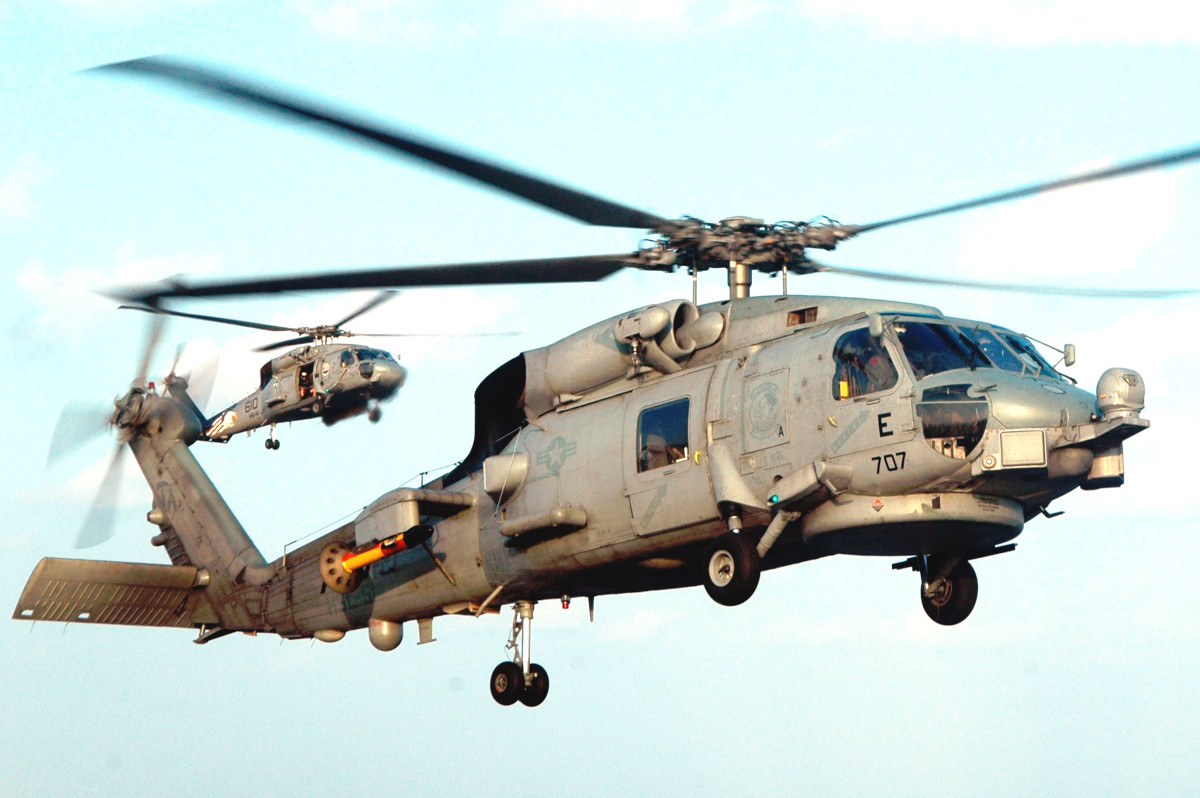
It’s not necessarily surprising that the Navy has reversed course now. In recent years, the service has been regularly sounding the alarm about the threats and challenges posed by increased submarine activity among potential adversaries, especially Russia and China. It has engaged in a host of other developments aimed at improving its capabilities to track submarines and otherwise monitor underwater activity, especially in the increasingly strategic Arctic region and the broad expanses of the Pacific Ocean, as well as around Europe.
Anti-submarine warfare, in general, is seeing something of a renaissance within the U.S. military, with the Marine Corps also now looking to get into that particular fight, as well as in other countries around the world. With regards to the integration of MAD-XR on the MH-60R, this is a development that could have significant international appeal among other countries that operate Seahawk variants now or are set to receive examples in the near future. At the time of writing, 14 countries, in addition to the U.S. Navy, operated versions of the Seahawk or had MH-60Rs, specifically, on order.
As CAE has noted, MAD-XR’s compact size would make it ideal for integration on unmanned platforms, as well. This could make it an attractive addition to the Navy’s MQ-8B Fire Scout drone helicopters, or the larger, more capable MQ-8Cs that are entering service now. Other drones, like those that the Marine Corps may operate in an anti-submarine warfare role, could also leverage this miniaturized MAD technology.
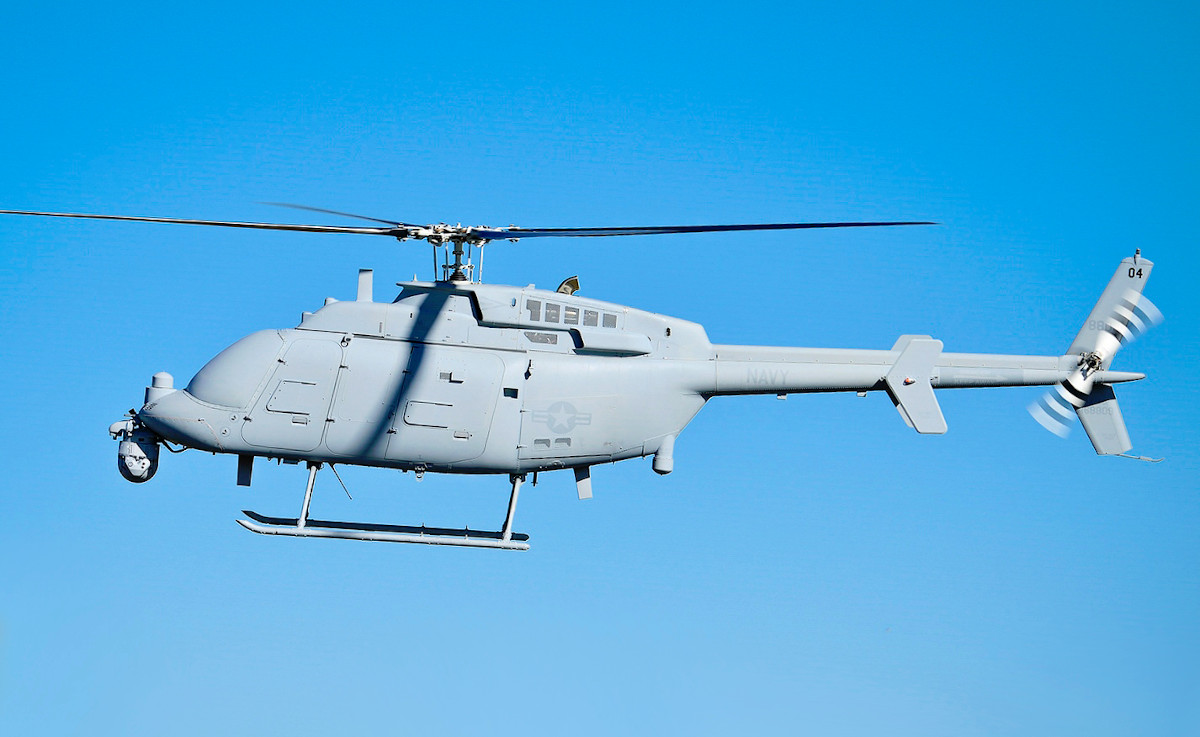
No matter what else might happen, restoring a MAD capability to the Navy’s Seahawk community will give it another important tool in the anti-submarine warfare arena.
Contact the author: joe@thedrive.com
